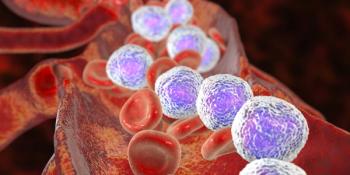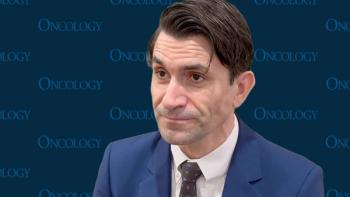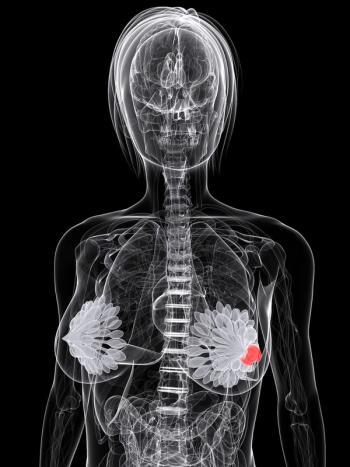
CT Surveillance Does Not Improve Survival in Lung Cancer Recurrence
Post-treatment CT surveillance does not offer better survival rates vs clinical symptoms evaluation for tumor recurrence in locally advanced non–small-cell lung cancer.
CHICAGO-Routine post-treatment computed tomography (CT) surveillance does not offer better survival rates than clinical symptoms–driven detection of tumor recurrence after treatment for locally advanced non–small-cell lung cancer (NSCLC), according to a single-institution retrospective study presented at the 2016 American Society of Clinical Oncology (ASCO) Annual Meeting, held June 3–7 in Chicago (abstract
The findings suggest that “symptoms-driven evaluation may not adversely affect survival,” said lead study author Joseph Nicholas Bodor, MD, of the University of Maryland Medical Center in Baltimore.
Post-treatment surveillance for tumor recurrence is widely believed to improve patient survival, but the evidence base, including meta-analysis, is “inconclusive,” commented Denise R. Aberle, MD, professor of radiology and bioengineering at the David Geffen School of Medicine at the University of California, Los Angeles, who led a panel discussion on the study.
The study authors retrospectively compared post-treatment outcomes for 167 patients treated for locally advanced (stage IIIA/IIIB) NSCLC during 2000–2015 with chemoradiation with or without surgical resection. A total of 99 patients underwent CT chest surveillance and 68 patients underwent symptoms-based evaluation for recurrence. CT surveillance occurred every 3 months the first year after treatment, every 4 months during the subsequent 2 years, followed by scans every 6 months for a year, and then once annually thereafter.
The CT-surveillance and symptoms-evaluation groups were demographically well-balanced.
Patients undergoing CT surveillance and those receiving symptoms evaluation had different patterns of tumor recurrence, with 56% of surveillance patients vs 29% of symptoms-evaluated patients experiencing local recurrence (P = .001), and 12% vs 38% experiencing metastasis at a single anatomic site, respectively (P = .001).
There was no statistically significant difference in overall survival, but a trend toward better survival among patients with multiple metastases in the surveillance group was noted. That trend did not achieve statistical significance.
During the years included in the study, pemetrexed and targeted therapies were unavailable or were not widely used.
“Recurrence is usually metastatic-in 85% of cases-and therefore less likely to be identified by chest CT,” Aberle noted. “The more common metastases are extrathoracic, and therefore outside the CT region of interest.”
Newsletter
Stay up to date on recent advances in the multidisciplinary approach to cancer.

















































































